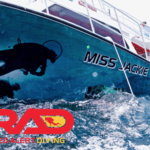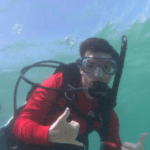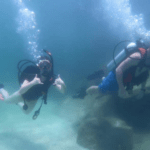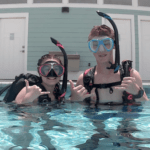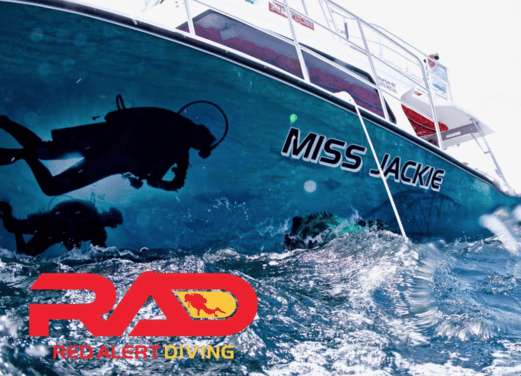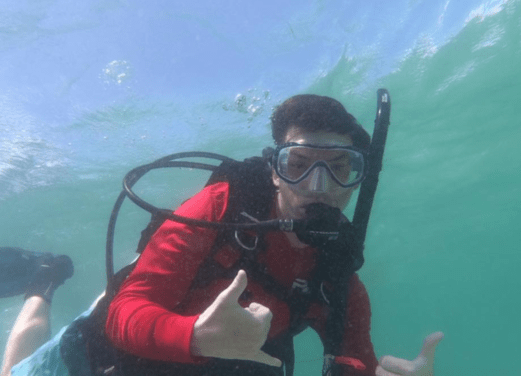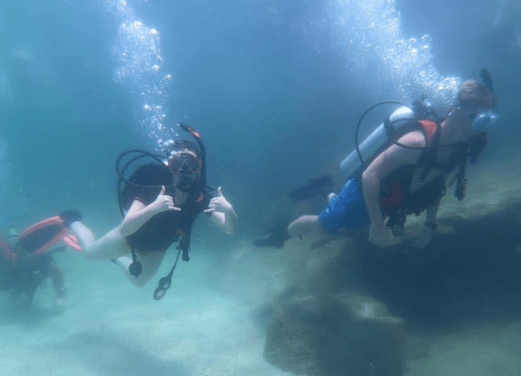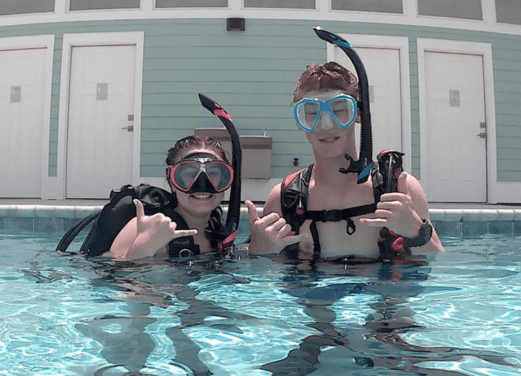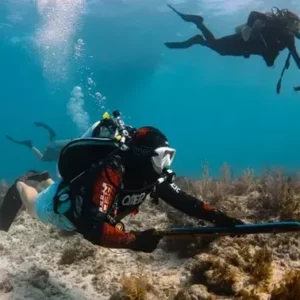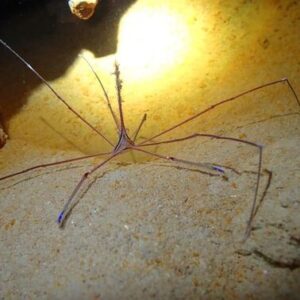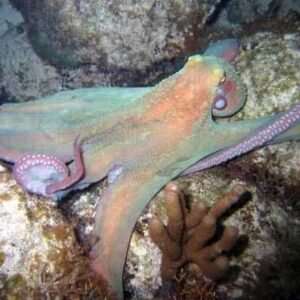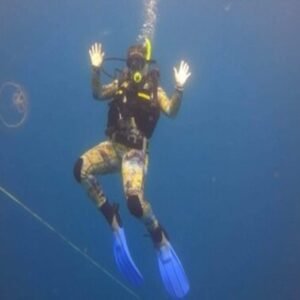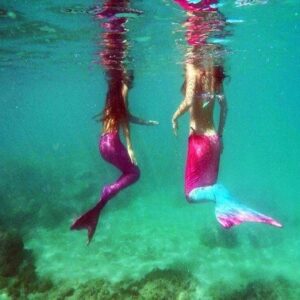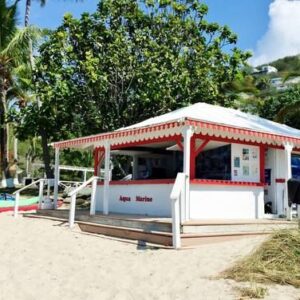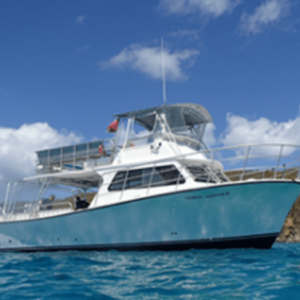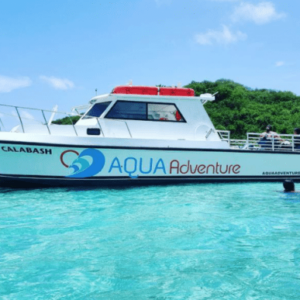Red Alert Diving
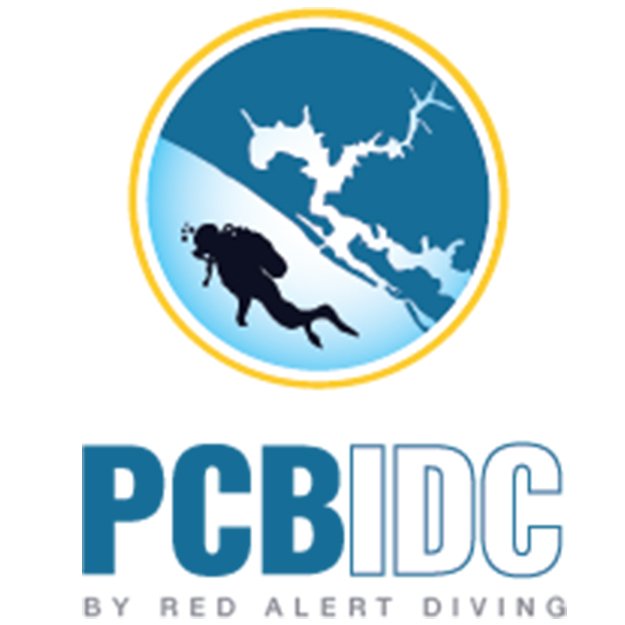
Overview
Red Alert Diving is the Florida Panhandle’s newest full-service Dive Center and Aquatic Training Facility. Located in beautiful Panama City Beach, RAD Divers have direct access to miles of uninterrupted white sand beaches, shipwrecks, natural reefs and freshwater springs. Whether you want to see beautiful aquatic life, swim with sharks, or visit relics hidden deep below, our staff can prepare you for it. Red Alert Diving was created with the philosophy of “Only The Best in Training, Travel, Adventure and Equipment.” Our instructors are committed to diving excellence and maintain the highest standards in the industry. You have many choices when it comes to your training, and your first consideration should be the same as ours, your safety. Our staff are some of the best in the world with a combined total of more than 50 years spent teaching folks just like you how to safely experience the underwater world. Our philosophy of Only The Best in Training means working with you towards your goals, and ensuring a top end experience, from our heated pool to the open water, leaving you a confident and comfortable diver.
Visit Red Alert Diving on Social Media
Scuba certification agency
Courses
| Discover Scuba | $125.00 |
|---|
Details
| Arrival Time Morning Dive | 8:00 AM |
|---|---|
| Gear Cleaning | Place to Clean Gear |
| Transportation | Not Available |
| On-Site Parking | Not Available |
| Water Temperature | 70°F-80°F | 21°C-27°C |
Dive Types
Location
Contact Info
AddressShop Hours
- Everyday: 9:00 AM - 5:00 PM
Dive Sites and Requirements
Get to know the most popular dive sites and the skills required to make those dives before you book.
This site is a where you can see Barracuda, Batfish, Crabs, Dolphins, Eagle Rays, Flounders, Groupers, Lionfish, Lobsters, Manta Rays, Nurse Sharks, Pipefish, and Pufferfish. You will reach this site by Shore.
This dive site is perfect for Beginner, Intermediate, and Advanced divers.

